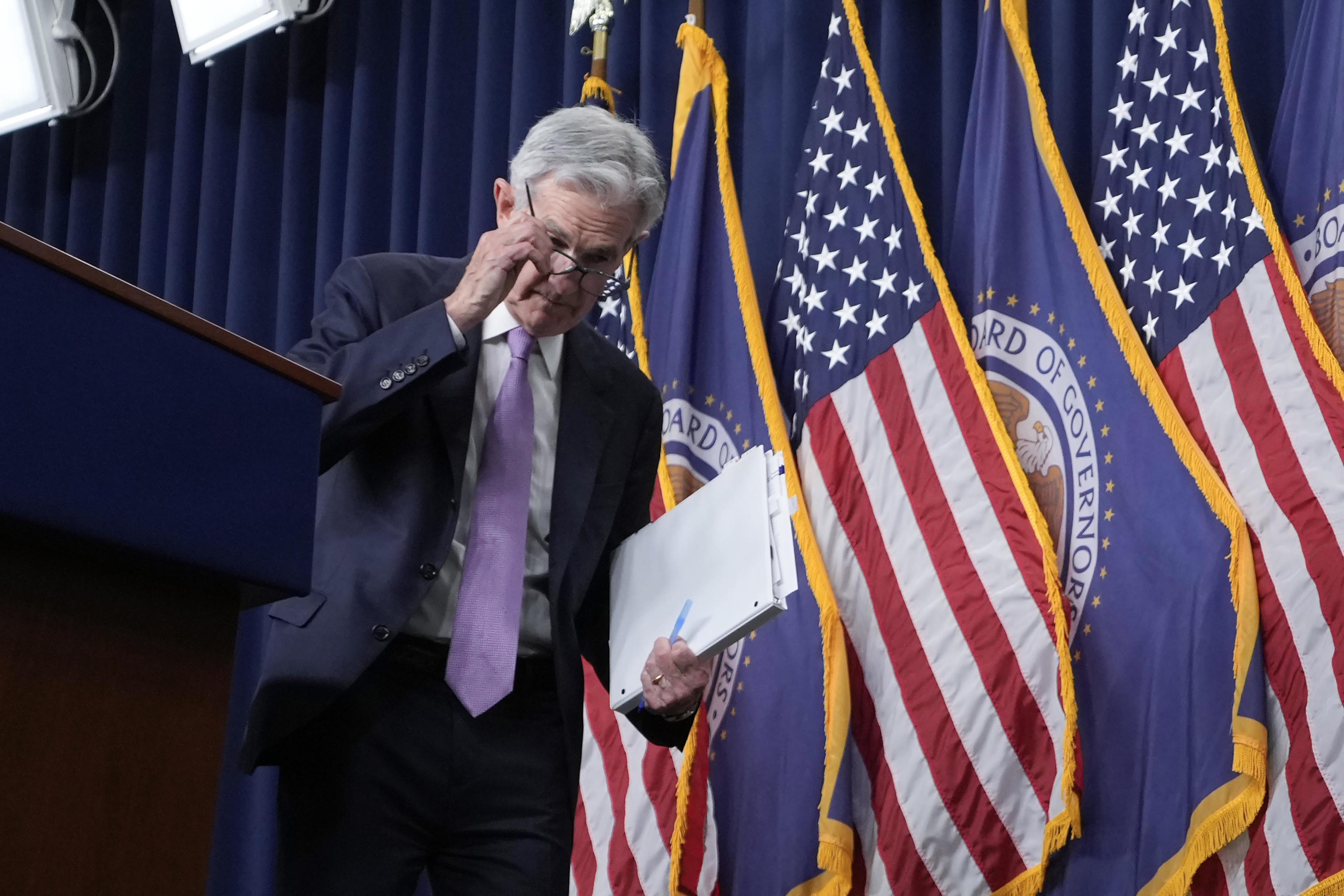The Federal Reserve of the United States has shifted its focus. It is no longer inflation but maintaining full employment, which is as important a mandate for the central bank as price stability. This has led to the first interest rate cut since the Covid-19 crisis over four years ago, by half a percentage point. Now, the interest rate remains in a range between 4.75% and 5%.
This is explained in the statement following the meeting, which states that "the Open Market Committee, which is the Fed's body in charge of interest rates, has gained more confidence in the sustainable movement of inflation towards 2% [the central bank's target], and believes that the risks to achieving its inflation and employment objectives are more or less balanced." Just in case there was any doubt, the text explains that the Federal Reserve "is firmly committed to supporting full employment." Other central banks, such as the ECB, do not have full employment among their objectives.
The Fed's President, Jay Powell, denied yesterday in a press conference that the institution "has lagged behind" in adapting monetary policy to the economy's reality. However, in recent days, signals of weakness in the United States have multiplied, especially regarding the labor market, which is one of the main causes of inflation in the country. For some, this has endangered the "soft landing" that the central bank seeks and has brought the danger of a recession closer.
This change has led to this cut, much larger than what the Fed itself expected just three months ago, when its forecasts - the so-called 'dot plot' - suggested only one rate cut this year, which would also take place in December. Just 96 days have passed since that forecast, and the central bank has already lowered the interest rate twice as much as it had predicted back then. Of course, it's not just the central bank that has been caught by surprise. Until just a week ago, financial markets did not consider a half-point rate cut feasible. Even yesterday, an hour before the decision was announced, the futures market gave a 55% chance that the cut would be 50 basis points - as it turned out to be - and a 45% chance that it would be limited to 25. In other words, it was almost like flipping a coin.
The magnitude of the cut seems to indicate that the US central bank considers, at least for now, the battle against inflation won due to disruptions in supply chains caused by the pandemic, tensions in Ukraine and the Red Sea shipping routes, and fiscal stimuli to maintain activity during Covid-19, first, and to carry out the interventionist industrial policy that both Democrats and Republicans support in the US. There is also a significant part of the responsibility of the Fed itself, with its monetary stimuli during Covid-19, first, and its insistence that there would be no price hikes afterward. The result was the highest US inflation increase in four decades, and a heavy blow to Joe Biden's aspirations for reelection as president in the November 5 elections.
So, it's not just a change in monetary policy cycle. It's also a reorientation of monetary policy. And what seems to be a new mistake by the Fed under Jay Powell's leadership: the US central bank was slow to raise rates and is now also late to lower them. In fact, among the major Western central banks, the Fed is the last to start the path of monetary easing but also the one that has done it with a more drastic cut.
Now everything seems to indicate that the interest rate will remain stable until the Federal Reserve meeting in December. Normally, the central bank does not adjust rates at its last meeting before elections to avoid being accused of interfering in the electoral process. However, even though it comes very late in the electoral campaign, yesterday's rate cut is a boost for the Democratic candidate Kamala Harris, as it will continue the decline in mortgage rates, which have been falling since summer, and it is also a sign of confidence in the economy and an indication that the 'Bidenflation', as Republicans call the episode of high prices during Joe Biden's presidency, is starting to fade away. In the stock market, a certain 'rotation' towards more cyclical assets, such as consumer goods, is expected at the expense of technology companies.
